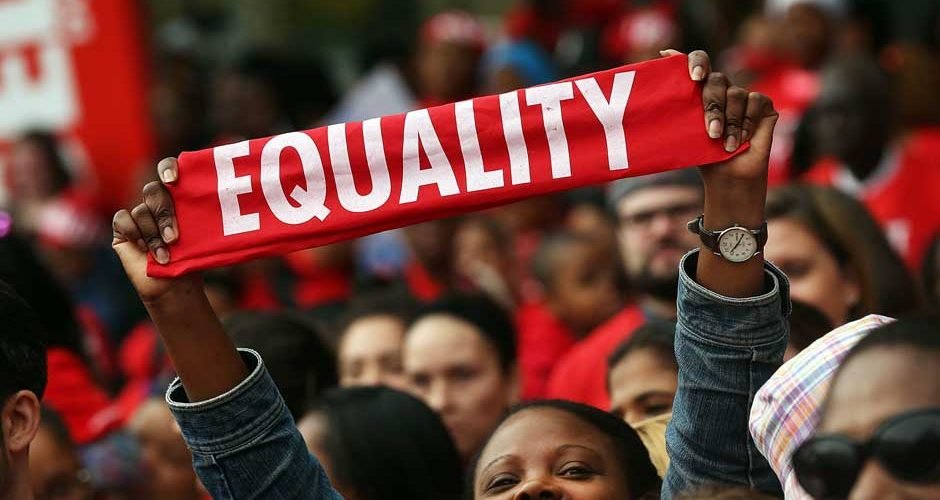While there’s been a significant amount of social progress made over the last several decades, there are still severe systemic problems that need to be addressed in American society. In particular, the sentencing and incarceration of juveniles are laden with problems that ruin the lives of countless individuals.
Understanding the connection between juvenile incarceration and educational opportunities in American society is key to gaining a better perspective on how these systems need to be changed.
Here’s an understanding of the school-to-prison pipeline and the gravity of modern unequal education opportunities.
Table of Contents
Gaining Perspective on the School-to-Prison Pipeline
In order to fully grasp the problems associated with juvenile incarceration today, it’s vital to understand the school-to-prison pipeline. Essentially, this refers to the processes that funnel certain children into the prison system.
There are policies that make it far more likely for children and teens from certain backgrounds to be incarcerated. As a result of this cycle, many of these children often return to prison in adulthood, thereby significantly derailing their lives and limiting their potential to achieve success.
The Attitudes Fueling the School-to-Prison Pipeline
As anyone can see, unjustly targeting a certain segment of the population is wrong. However, there are certain prevailing attitudes that bolster the school-to-prison pipeline and keep it going as a systemic institution.
When it comes to juvenile justice, there has been a long-held belief that juveniles should be punished in the same way as adults. Essentially, this means that courts and the legal system as a whole feel that juvenile offenders should be disciplined rather than rehabilitated.
This idea of punishing instead of aiding and trying to change behaviors is what has made the school-to-prison pipeline so difficult to eradicate. Diving deeper into this disheartening process, it’s important to look at ways that the education system is complicit in keeping the school-to-prison pipeline alive.
Current Problems in the American Education System
While there are a slew of problems in the American education system, racial disparities are some of the most significant. From differences in the quality of education to differences in punishments, there are many ways that schools fuel unequal treatment of people in modern society.
Typically, the school-to-prison pipeline begins in underfunded public schools. While these should be places where children have access to guidance and other beneficial resources, underfunded schools are often overcrowded and understaffed. This means that teachers and other school employees aren’t able to provide each student with all of the attention and care that they need.
As a result of being overcrowded, many of these underfunded schools have severe punishment policies for students. The idea behind this is that being able to reduce the number of students will make things more manageable for staff.
Sadly, the repercussions of these practices are disastrous for the lives of many students simply behaving like normal children or teenagers. Rather than being reprimanded with a simple detention or write-up, many students are simply expelled. As a result of being expelled, many students are far more at risk of committing a crime that will result in them being sent to juvenile detention.
Even students who wish to reenter the school system will find it incredibly difficult to do so after being reprimanded in this fashion. As a result, this cycle becomes harder and harder for students to escape once they enter the school-to-prison pipeline.
Moving Past the School-to-Prison Pipeline
Though the modern state of the school-to-prison pipeline is incredibly saddening, there are steps that can be taken to move forward. Engaging in these practices can have a massively beneficial impact on the lives of countless children and youth.
One keyway to battle the school-to-prison pipeline is by providing free and robust mental health resources and support for students from all backgrounds. Often, it is mental health issues or trouble outside of school that cause children and teens to act out in educational environments.
By helping students deal with these problems at the root, they’ll be less likely to get in trouble at school. As a result, they’ll be less likely to enter the school-to-prison pipeline.
Another key area that needs to be addressed is school funding. While the government funds a wide variety of different efforts, they’re clearly not providing public schools with adequate funding to give every student an equal opportunity to a quality education and success in life. As such, initiatives that bring more awareness to the problem and compel government officials to take action can be incredibly effective.
The School-to-Prison Pipeline Must End
Though the current state of the school-to-prison pipeline is disheartening, there are ways to end this cruel and unfair practice. By providing more support to students and providing more funding to public schools, we can see a radical change in American educational processes. As time goes on and more efforts are engaged in, many are hopeful that the school-to-prison pipeline will soon be a relic of the past.





